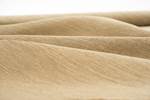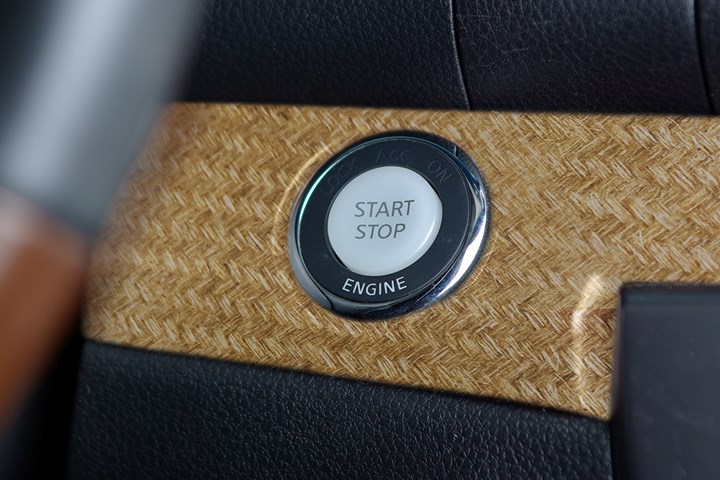Porcher Industries launches new range of flax fiber-based thermoplastic composites for automotive
Composite stiffeners, sold as textiles, are made primarily of flax fibers grown, selected, mixed and woven in France for modern, durable and environmentally conscious applications.
Porcher Industries (Eclose-Badinières, France) has announced the launch of a new range of automotive industry-grade thermoplastic composite stiffeners made primarily of flax fibers grown, selected, mixed and woven in France. These products will be sold as textiles that can be thermocompressed and injection molded. Recyclable PP, and biosourced PLA and PA11 are three available thermoplastic filament options.
According to the company, its new, environmentally conscious range is the answer to the increasing demands from automotive designers for composite parts that are simultaneously modern, attractive, durable and immediately recognizable as natural. Porcher Industries’ thermoplastic stiffeners are primarily designed for dashboards, decorative components on car door interiors and more generally for car cabins. The ability to combine various inputs, such as flax thread thickness, mixing with thermoplastic resin thread, flax dying, weave type and surface finishing enable a variety of other possibilities, the company says.
Moreover, the material range provides high performance, in addition to low weight and cost, high impact resistance and acoustic absorption. Traceability, 100% recyclability and reduced environmental impact are additional features that are provided — Porcher says it grows, harvests and selects the technical flax. It is also mixed with thermoplastic filaments by its partner cooperative, Terre de Lin (Saint-Pierre-le-Viger, France).
Related Content
-
3D-printed CFRP tools for serial production of composite landing flaps
GKN Aerospace Munich and CEAD develop printed tooling with short and continuous fiber that reduces cost and increases sustainability for composites production.
-
Pultrusion: The basics
A primer describing what pultrusion is, its advantages and disadvantages, and typical applications.
-
Sulapac introduces Sulapac Flow 1.7 to replace PLA, ABS and PP in FDM, FGF
Available as filament and granules for extrusion, new wood composite matches properties yet is compostable, eliminates microplastics and reduces carbon footprint.














